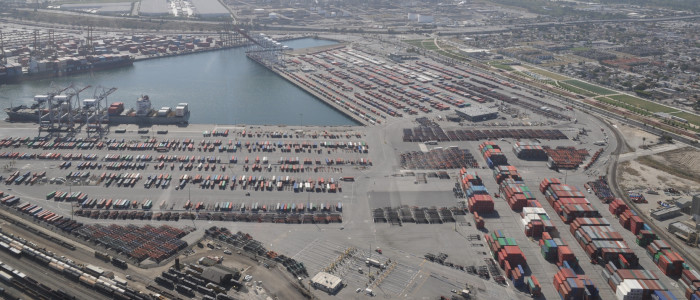Depending upon who you listen to, there are multiple explanations for what is happening at the ports of Los Angeles and Long Beach right now.
Regardless of the explanation, the fact is that congestion is at critical levels and cargo isn’t moving on or off piers, terminals, trains or vessels at a fast enough rate, and it is having a cascading effect.
How bad is it? Port of Long Beach Executive Director Jon Slangerup, in an interview with the Journal of Commerce, said the following:
“We’re three to five days behind on rail,” Slangerup said. Truck turn times of two hours or longer at marine terminals, which had been accounting for about 12 percent of all truck moves in the port complex, are now double that number. Cargo interests report waits of five to 10 days until their containers are ready for pickup.
For the first time, along with imports that are running more than eight percent higher year-on-year, there was mention of possible ILWU activities that were contributing to the slowdown. From Wednesday evening October 8th, there were reports that mechanics were ordering additional safety checks on trucks, chasses and containers leaving the port that were more than doubling the outbound processing times.
Things have reached a critical enough mass that the National Retail Federation weighed in as well, suggesting that the contract which expired in the summer should be extended through November to make it through retailer’s peak season. This would allow for some administrative and jurisdictional remedies to be applied, aiding the efforts to reduce the congestion problem.
We are working with our carrier, trucker and rail partners to keep your cargo moving through southern California in spite of what is happening. If you have any concerns about the handling or progress of your shipments in transit, do not hesitate to speak with us about it.


Comments are closed.